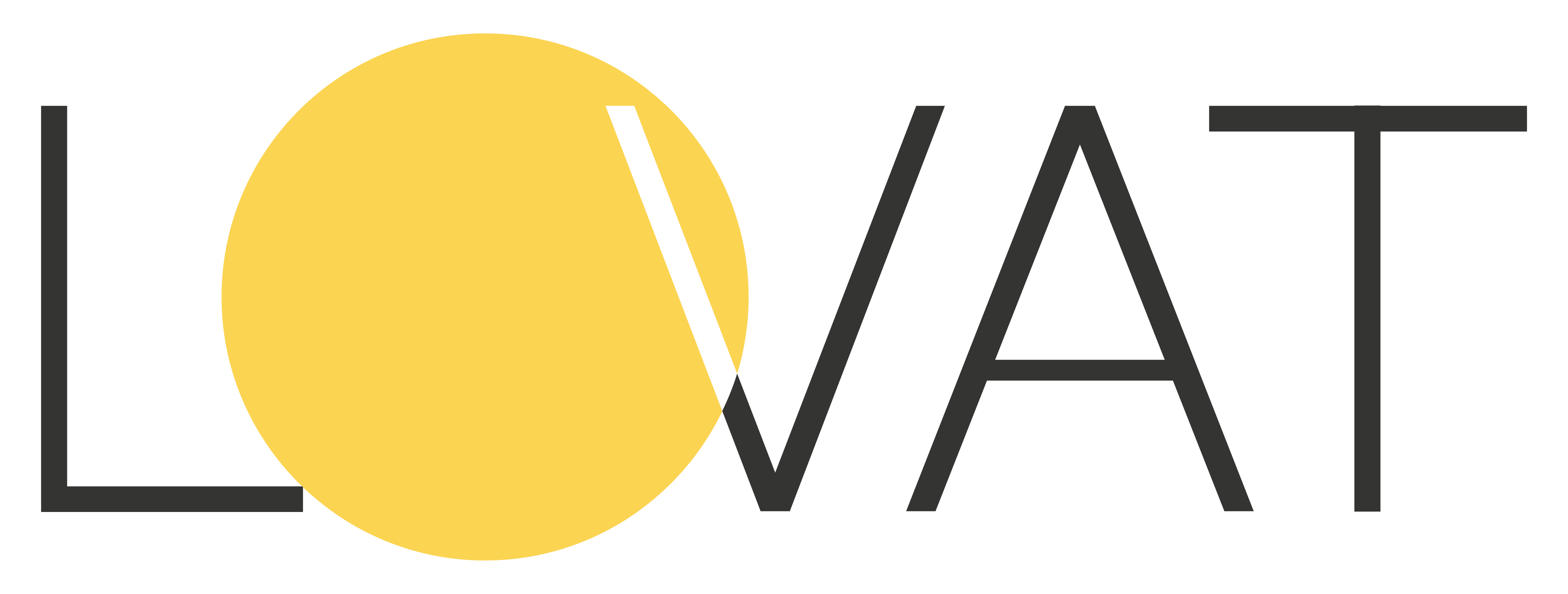To invoice or not to invoice that is the question

From 1st of July, new VAT changes came into force in the EU. These Reforms changed the VAT compliance profile for all e-commerce sellers who sell cross-border and for marketplaces as well. We would like to see these changes from the invoicing perspective. What has changed?
-
Intra-community B2C sales
The one-stop-shop scheme is optional for e-commerce. If a company is registered for the Union-OSS scheme, they do not need to issue invoices for distant sales of goods. But bear in mind that the tax point for sales without an invoice – is a date when money is received. The same is also applicable for the supply of digital services. The simplification of invoicing rules is also optional: a company can choose to issue invoices, then the invoicing rules of OSS number will apply – for a business, it means domestic rules – it is also a simplification.
-
Intra-community B2C sales by a non-EU seller via marketplace
Technically for tax accounting purposes, this Marketplace facilitation scheme looks like One single B2C supply is now split into two supplies: B2B supply between Vendor and Marketplace and second supply between Marketplace and a customer. These two supplies are designed for VAT purposes only – the first supply is zero-rated and the second supply is with VAT rate. For example, a non-EU seller sells from a warehouse in Germany via OMP. That means that at the end of the month seller needs to issue a VAT invoice with a 0% VAT rate for all sales made from this warehouse. -
Import of Low-value goods via marketplace with IOSS registration
This use case business to consumer import of goods below 150 euro by both EU and non- EU vendors. These are direct imports from a factory or from a warehouse outside the EU to customers in the EU. If the OMP opts for the Import OSS scheme that means that it is an OMP at checkout must collect and remit VAT on all B2C LVG imports.If a Seller shipping directly to the customer, it means that a parcel needs to be accompanied with a commercial invoice that indicates:
– an intrinsic value of the parcel (VAT exclusive order value)
– order ID
– information that VAT was collected under IOSS scheme – Marketplace Facilitator model
A Seller must also provide this information to a carrier company or customs broker to fill H7 dataset.
Please keep an IOSS number secret, don’t display it openly in your invoices, just to a trusted shipping agent or customs broker.
Wording for a commercial invoice:
- Legislation: EU Deemed Reseller
- Tax Collection Responsible Party: OMP
